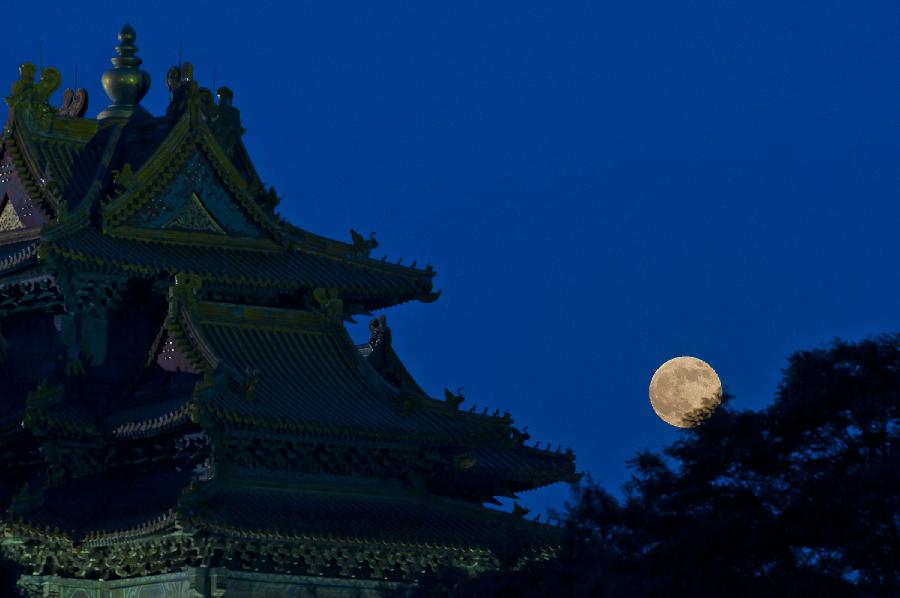
Picture credit: Xinhua/Chen Duo
OVERVIEW
Context
In the past twenty years, several exploration missions aimed at researching the moon, including the Chinese Chang’E (CE) 1-4 satellites, the Indian Chandrayaan-1, Japan’s Kaguya (Selene), ESA’s SMART mission and the US’ Lunar Reconnaissance Orbiter (LRO). Prior to the current year 2020, the China’s Lunar Exploration Program (CLEP) has focused and researched the circlying (CE-1 and CE-2), landing (CE-3 and CE-4), and returning (CE-5) of its mission’s satellites. If the CE-1, CE-2, and CE-3 — launched between 2007 and 2013 — satellites have helped scientists yield important data on the microwave brighteness temperature map, the chemical and mineral composition of the lunar surface, the near-moon environment, the Toutatis asteroid, and the volcanic history of the Imbrium Basin among others, the Chang’e-4 has accomplished a milestone achievement in December 2018 as it landed on the far side of the moon, opening a new set of perspectives and opportunities in moon science. The Japanese SELENE mission (2007-2009) is a lunar orbiter that includes a main orbiter and two small satellites, and the main orbiter will be at a distance of 100 from the moon, flying on a circular track of several kilometers. It aimed at exploring the origin, the formation and evolution of the moon, its space environment, as well as at observing the outer space. On the other hand, the Indian Chandrayaan-1, launched in 2008, focused instead on the radiation measurement of the space between the earth and the moon, the high-resolution geological maps, mineral maps, and topographic maps of the moon. Finally, the mission encompassed also explorations on the hypothesized existence of water at the lunar south pole.
Objectives
The workshop therefore aims at providing a summary and review of the scientific achievements and progresses accomplished in the past decades, specifically targeting the aforementioned missions.
ProductFollowing the Workshop, Springer will publish its output as a volume in the Space Science Series of ISSI, in parallel with the publication of the papers in a Topical Issue of Space Science Reviews. It is expected that a total of about 7-8 multi-authors review style and quality papers, submitted to the usual refereeing process will be published in the book. Papers will be based on talks presented at the Workshop and will reflect the discussions that will be held among the participants during the Workshop.
CONVENERS
| Wing IP* | Doris BREUER |
| WenZhi FA | Jessica FLAHAUT |
| Mihaly HORANYI | Brad JOLLIFF |
| Noriyuki NAMIKI | Clive NEAL |
| Yang LIU | Zhongcheng LING |
| Mark Wieczorek | |